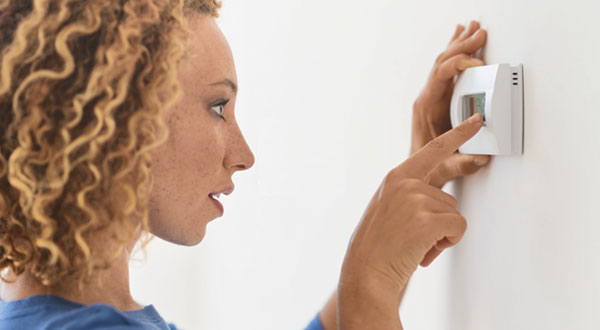By Patrice ‘Pete’ Parsons, TXSES Executive Director
I don’t know about you, but I grew up with parents who were relentless with sanctions if we didn’t turn the lights off when we left a room. “You’re wasting electricity,” they’d complain. And while we’d roll our eyes and grouse, ultimately, they were right. We assumed power would magically appear each and every time we flipped the light switch.
Being resource reckless was soo mid-20th Century.
Never before has wasteful energy consumption and the potential for grid failure caused by extreme climate events reached this level of heightened awareness. We know now that being energy efficient is one of the best ways to save money, reduce greenhouse gas emissions, create good-paying jobs and meet our incessant energy demand.

Referred to as the ‘first fuel,’ energy efficiency remains the single most cost-effective thing we can do to reduce energy consumption. It’s all about using less energy at home, in our buildings, and with our cars. Changing habits and behaviors is the easiest and cheapest first step, like turning out lights when you leave a room, using a clothesline instead of a dryer, turning the thermostat up in summer and down in winter, replacing incandescent light bulbs with LEDs or CFs (compact fluorescents) and unplugging your toaster, laptop, printer, coffee maker. That vampire power can account for up to 20% of your monthly electric bill! Use ceiling fans and smart thermostats. Get an energy audit from your local utility.
If you’ve been thinking about upgrading your heating and cooling systems or replacing outdated lighting and older appliances, now’s the time. From hydrogen to solar to energy efficiency, the Inflation Reduction Act (IRA), passed last year and considered the most ambitious investment in clean energy in our nation’s history, has something for just about everyone. With more than 20 new or modified tax incentives and billions of dollars in grant and loan programs for new clean energy technologies, the IRA is designed to rev up our collective commitment and transition to a clean energy economy.
Included in this $4.5B legislation is the high-efficiency electric home rebate program which provides up to $14K/ household for upgrades to heating, cooling, insulation, air sealing and electrical systems including lighting and appliances. The IRA extends credit for energy-efficiency home improvements through 2032.
On the commercial side, cities, counties and states have established mandatory energy benchmarking and transparency requirements for commercial buildings, and many are starting to implement building performance standards that will define how much energy efficiency buildings are able to use. According to ENERGY STAR, energy-efficient buildings yield higher asset value, higher rent and higher occupancy rates, compared to typical buildings. By reducing household and business energy consumption, we all contribute to and benefit from a shrinking carbon footprint.
But wait. There’s more.
For those of us in the solar industry, there’s much to be happy about with the IRA. The residential energy efficiency section locks in the 30% investment tax credit (ITC) through 2034 and expands eligibility for battery storage technology! This couldn’t be a timelier opportunity for Texas homeowners who have been thinking of going solar as solar prices continue to drop and the potential for grid failure continues to rise. You’ll realize considerable benefits when you implement all those easy, inexpensive energy efficiency opportunities (see above). You’ll see the results of these efforts in a lower electric bill and a more resilient grid. Who doesn’t love that?
Our individual contributions add up. What are you doing to be more energy efficient?
Image: EnergySTAR
